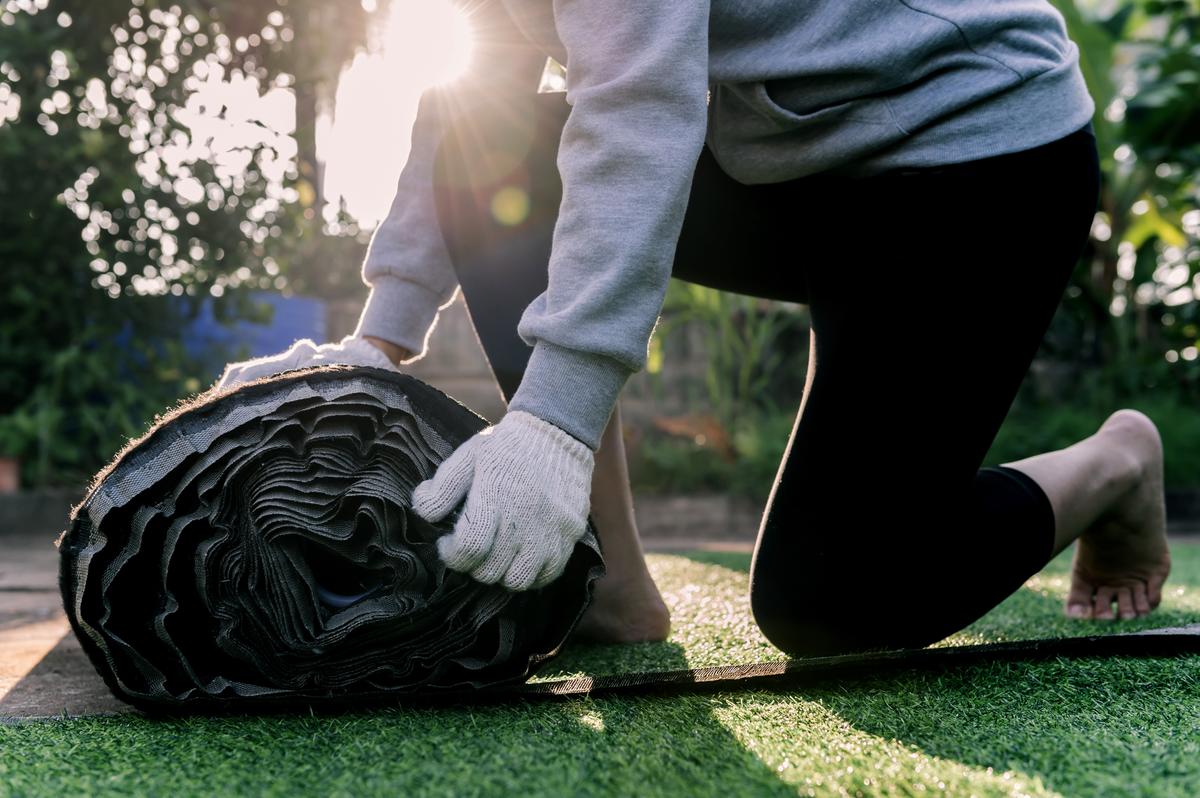Installing artificial grass can be a fantastic way to transform your outdoor space into a lush, green oasis without the hassle of traditional lawn maintenance. However, just like any home improvement project, it’s crucial to avoid certain mistakes that could lead to disappointing results and unnecessary expenses. In this comprehensive guide, we’ll walk you through the most common mistakes to avoid while installing artificial grass. Whether you’re a DIY enthusiast or hiring a professional, these tips will help you achieve a stunning and long-lasting artificial lawn. Let’s dive in!
Common Mistakes That You Need to Avoid While Installing Artificial Grass
Neglecting Proper Site Preparation
Proper site preparation is the foundation of a successful artificial grass installation. Skipping this crucial step can lead to uneven surfaces, poor drainage, and premature wear and tear. Before laying the artificial turf, ensure that the area is adequately excavated, levelled, and compacted. Remove any existing debris, rocks, or vegetation that could interfere with the installation process.
Ignoring Quality of Base Material
The base material is essential for providing stability and drainage to your perth artificial lawn. Avoid using cheap or inadequate materials as they can lead to problems down the road. Instead, invest in high-quality base materials, such as crushed rock or decomposed granite, to create a stable and long-lasting foundation.
Incorrectly Securing the Edges
Properly securing the edges of your Perth artificial grass is crucial to prevent shifting and ensure a clean, finished look. Neglecting this step could result in the edges curling or the turf buckling over time. Use quality landscape spikes or adhesive to secure the edges firmly to the ground.
Incorrect Seam Installation
Seaming is the process of joining different pieces of artificial grass together. Incorrect seam installation can be visually unappealing and may cause the turf to separate over time. Use high-quality seam tape and adhesive, and follow manufacturer guidelines for a seamless and durable installation.
Inadequate Infill Application
Infill is essential for maintaining the structure and longevity of your artificial lawn. Applying too little infill can result in a flat and unnatural-looking surface, while too much infill can create an unstable and uncomfortable surface to walk on. Follow the recommended infill guidelines to achieve the ideal balance.
Neglecting Proper Drainage
Proper drainage is crucial to prevent water pooling and potential damage to your artificial grass. Failing to incorporate adequate drainage during the installation can lead to mould growth, unpleasant odours, and a shorter lifespan for your turf. Install drainage tiles or create a slope to ensure efficient water runoff.
FAQs About Installing Artificial Grass
1. Can I Install Artificial Grass Myself or Should I Hire a Professional?
While DIY installation is possible, it requires precise preparation and skill to achieve optimal results. Hiring a professional ensures that your artificial grass is installed correctly, avoiding costly mistakes and ensuring a flawless finish.
2. How Long Does Artificial Grass Last?
High-quality artificial grass can last up to 15 years or more with proper care and maintenance. Regular brushing, infill replenishment, and proper cleaning will help extend its lifespan.
3. Is Artificial Grass Pet-Friendly?
Yes, artificial grass is pet-friendly and easy to clean. It provides a safe and comfortable surface for pets to play on, and urine drains through the turf, preventing odours and stains.
4. Can I Install Artificial Grass Over Existing Natural Grass?
It is not recommended to install artificial grass directly over existing natural grass. The natural grass must be removed, and proper site preparation should be carried out to ensure a stable base for the artificial turf.
5. How Do I Clean and Maintain My Artificial Grass?
Regularly brush the turf to maintain its appearance and restore the fibres’ vertical position. Remove debris and clean any stains or spills with a mild detergent and water solution.
You can read our detailed article on How to Clean Artificial Grass?
6. Will Artificial Grass Fade Over Time?
High-quality artificial grass is designed to resist fading from UV exposure. However, exposure to direct sunlight for extended periods may cause some colour fading over time. Choosing fade-resistant turf can help mitigate this effect.
Conclusion:
Avoiding mistakes during the installation process is crucial to achieving a beautiful and long-lasting artificial lawn. By properly preparing the site, using quality materials, securing edges, and following manufacturer guidelines, you can ensure a successful and enjoyable artificial grass installation. Remember to invest in professional installation if needed, and follow the recommended maintenance practices to enjoy a lush and green outdoor space for years to come. Happy landscaping!


